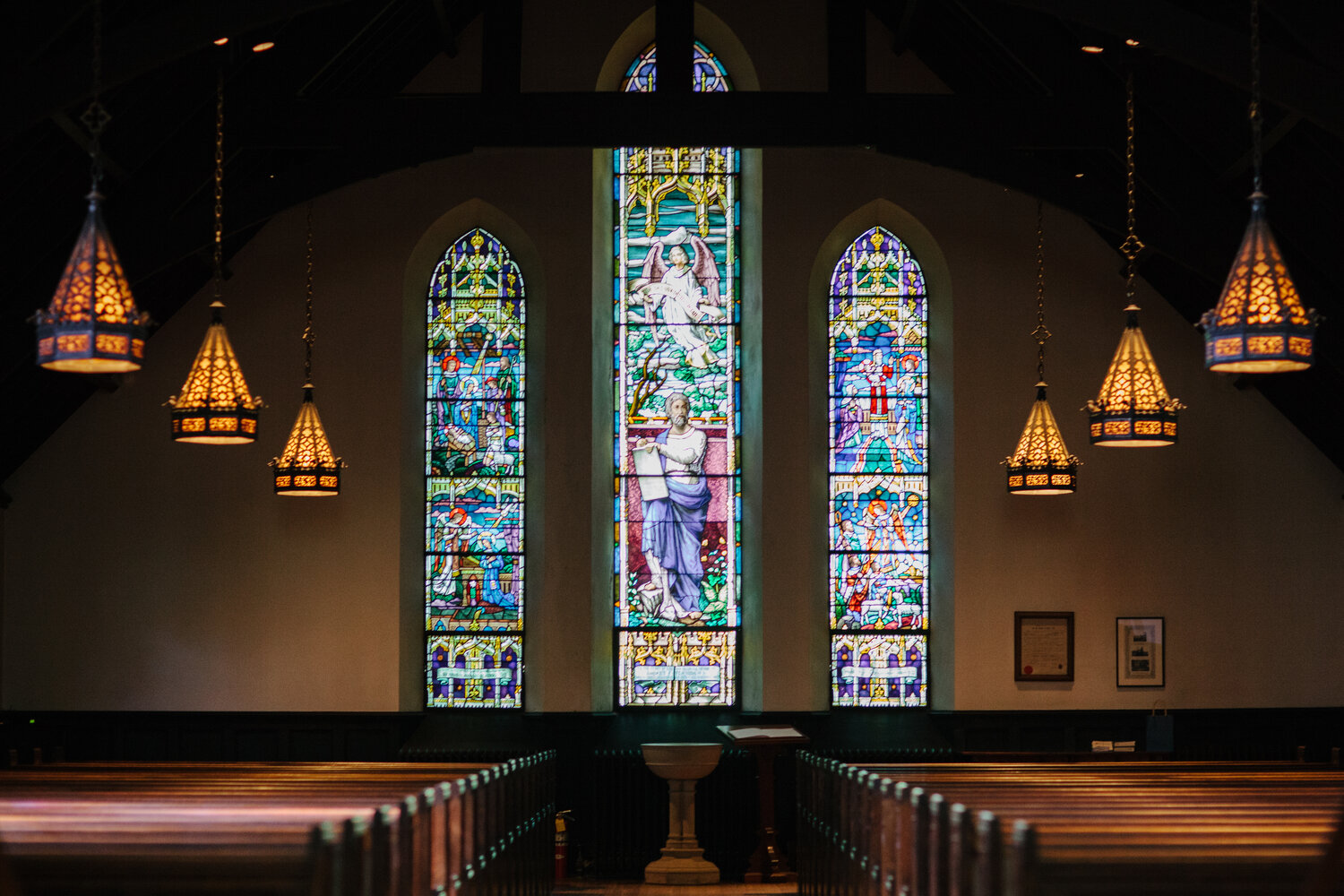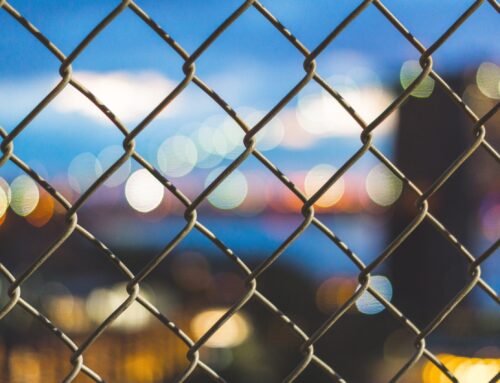With over 25 years’ experience leading a congregation, I am well aware of the many challenges leaders of places of worship face. No one wants to add to those challenges, but as is often the case, they come anyway.
The issue of congregational security is becoming more and more of a concern. In past years, leadership didn’t worry about such things as shootings, bombings, or terrorist acts against its congregants. Fast forward to 2020, most congregations have, or should have, a “security team” which is sufficient for the protection of the people. The mindset of leadership is usually: “As long as it’s free help, it’s good help”. Yet even when a security team is made up of former law enforcement, federal law enforcement or former military, the commitment is still more of a passive one. This is not to disparage those who commit to these teams because they are an excellent second line of defense. However, when there is little training and no budget for full-time professional protectors, the people remain vulnerable to attacks.
Today there is a great need for those leading congregations to see the need for a cultural shift. We no longer live in a “safe” country. We need to make our buildings of worship look inviting to those who need to be there but also menacing to those who seek to do harm. Armed uniformed security personnel will always look menacing to those who are seeking a soft target. At the same time, these agents cause those belonging to the congregation to feel secure.
A uniformed police presence is helpful but not sufficient. This is due to the reactive training police officers are given. This training is great after an incident, but the highest level of security must be led by proactively trained agents. These individuals are prepared to engage potential threats on every level. They train to notice what most do not see. For instance, they are aware that a threat almost always prescreens a congregational location before they attack. (Pre-Attack Surveillance) They train to notice threats in the parking lot and recognize those screening for a potential attack. They are prepared to stop any threat before the threat can enter the building. They are trained to monitor social media in a specific area which can detect potentially dangerous communication. They also are trained to work with volunteer security personnel to assure procedures are in place and adequate training provided.
Presently, most security personnel become part of the worship service once congregants are inside. This almost guarantees that a threat will be inside the building before being noticed. This assures disaster to the innocent and lifelong trauma to those who experience the event.
A pastor or Rabbi has a solemn responsibility to protect those entrusted into their care and this includes their physical security. The time is now for places of worship to make professional security part of their budgetary consideration. In the vetting process, those who are hired must have a regimen of training, proper qualifications, and licensing.
They are the first line of defense and along with those who are volunteers, can almost guarantee the protection of those who worship and grow in their chosen faith.





